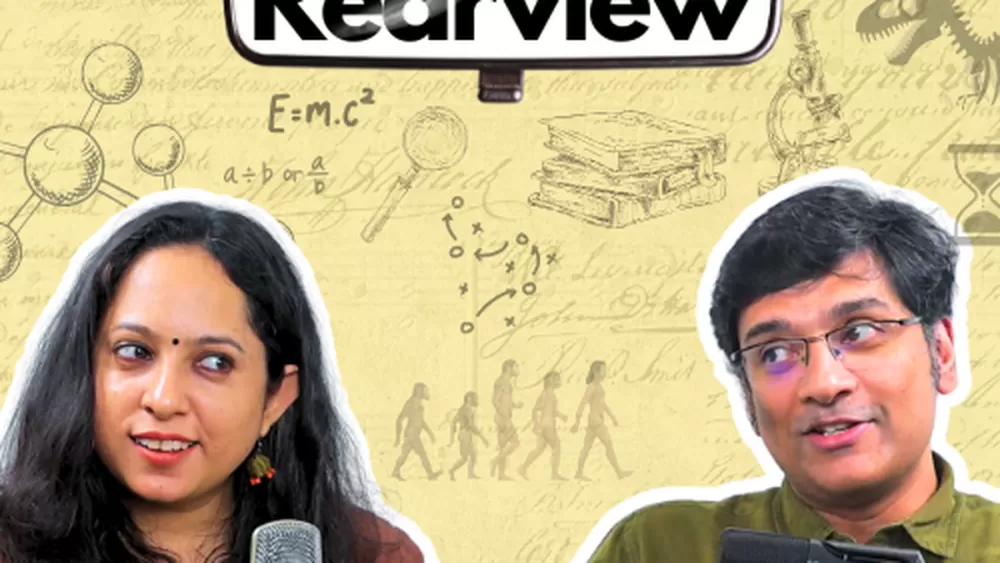The Sky's Whisper: India's Enduring Dance with the Dream of Artificial Rain
Share- Nishadil
- November 06, 2025
- 0 Comments
- 3 minutes read
- 25 Views

Imagine, for a moment, the sky itself bowing to human will, coaxing forth rain where only parched earth lay. It's a tantalizing prospect, isn't it? A dream as old as agriculture, perhaps even civilization itself. And for India, a land perpetually at the mercy of the monsoon's whims, this dream of making it rain, quite literally, has been an unfolding saga for decades. Honestly, it's more than just science; it’s a deep, almost primal quest.
Our journey with cloud seeding, you could say, really began in earnest way back in the 1950s and 60s. Think about it: a newly independent nation, striving for self-sufficiency, facing the harsh realities of drought. Naturally, pioneering states like Uttar Pradesh, Maharashtra, and the then-Mysore (now Karnataka, of course) looked skyward. The idea was simple enough: if nature wouldn't provide, perhaps we could give it a nudge? They dispatched aircraft, tiny specks against the vast canvas of the Indian sky, releasing specific chemicals into promising clouds, hoping to trigger the downpour everyone so desperately needed.
The science, in essence, involves introducing 'nuclei' — often tiny particles of silver iodide or even dry ice — into clouds. These particles then act as miniature scaffolding, encouraging water vapor to condense around them, grow, and eventually fall as rain. It sounds almost magical, a sophisticated sprinkle of dust creating a deluge. But, and this is a big 'but', proving its undeniable effectiveness has always been, well, a bit like chasing a ghost. How do you definitively say, 'Yes, that rainstorm was entirely because of our efforts, and not just Mother Nature doing her thing anyway'?
This very ambiguity, in truth, has kept cloud seeding a subject of fierce debate among scientists and policymakers alike. The results, frankly, have been mixed; some studies suggest success, while others remain unconvinced, citing the sheer complexity of atmospheric conditions. It's an expensive venture too, requiring specialized aircraft and precise timing. And then there are the ethical considerations: if you make it rain here, are you, perhaps inadvertently, stealing rain from somewhere else? These are not minor questions.
Yet, despite the doubts and the hefty price tag, the allure never quite fades. Why? Because when drought grips a region, when crops wither and reservoirs dwindle, any glimmer of hope feels like a lifeline. So, it's hardly surprising that states like Maharashtra, Karnataka, and Tamil Nadu have, in recent memory, either revisited cloud seeding or launched fresh projects. The need is urgent, the stakes incredibly high.
And India isn't alone in this endeavor. Across the globe, nations like China and the United Arab Emirates have heavily invested in weather modification, sometimes to increase rainfall in arid zones, other times to clear fog or suppress hail. They're perhaps more confident in its utility, or maybe, just maybe, their specific atmospheric conditions lend themselves better to such interventions. It's a global conversation, a shared human desire to exert some control over the elements.
So, where does that leave us? India's tryst with cloud seeding, honestly, remains a blend of scientific pursuit, technological application, and a persistent, almost spiritual hope. It’s a powerful talisman, perhaps, against the harsh realities of a changing climate. It's not a silver bullet, not yet anyway, but rather an ongoing experiment, a testament to humanity’s enduring quest to find solutions, even imperfect ones, when the skies refuse to weep.
Disclaimer: This article was generated in part using artificial intelligence and may contain errors or omissions. The content is provided for informational purposes only and does not constitute professional advice. We makes no representations or warranties regarding its accuracy, completeness, or reliability. Readers are advised to verify the information independently before relying on







